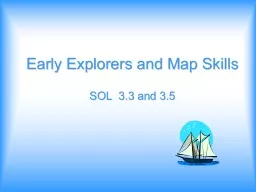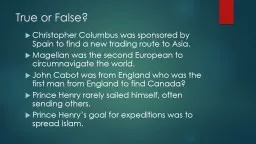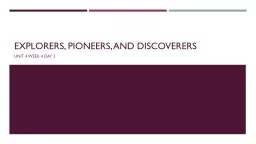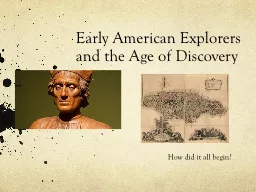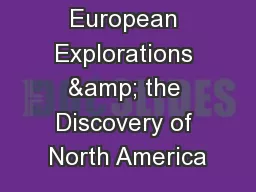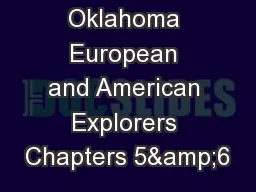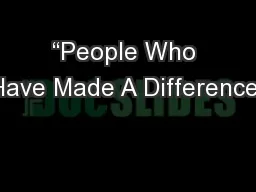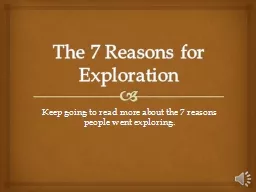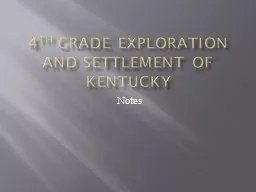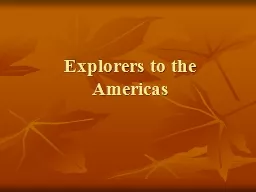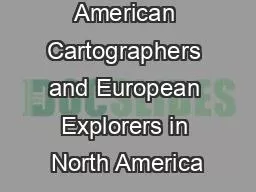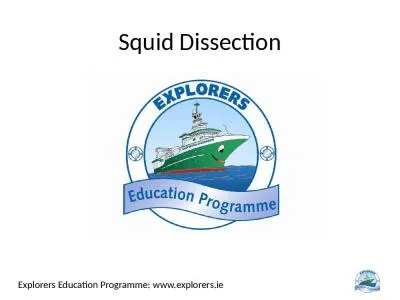PPT-Early Explorers and Map Skills
Author : jane-oiler | Published Date : 2017-04-20
SOL 33 and 35 This lesson is designed to reinforce Virginia SOL 33 and 35 The student will develop map skills and study the exploration of America In order to meet
Presentation Embed Code
Download Presentation
Download Presentation The PPT/PDF document "Early Explorers and Map Skills" is the property of its rightful owner. Permission is granted to download and print the materials on this website for personal, non-commercial use only, and to display it on your personal computer provided you do not modify the materials and that you retain all copyright notices contained in the materials. By downloading content from our website, you accept the terms of this agreement.
Early Explorers and Map Skills: Transcript
Download Rules Of Document
"Early Explorers and Map Skills"The content belongs to its owner. You may download and print it for personal use, without modification, and keep all copyright notices. By downloading, you agree to these terms.
Related Documents

